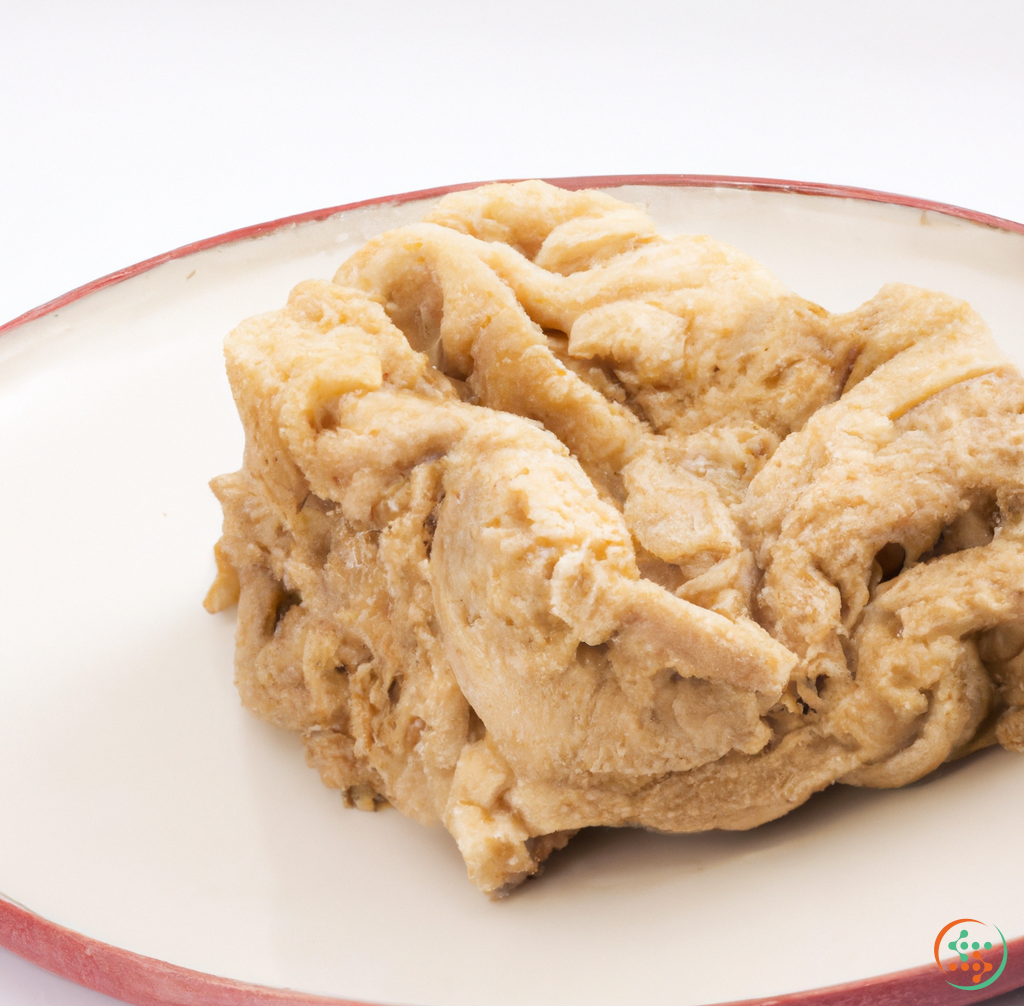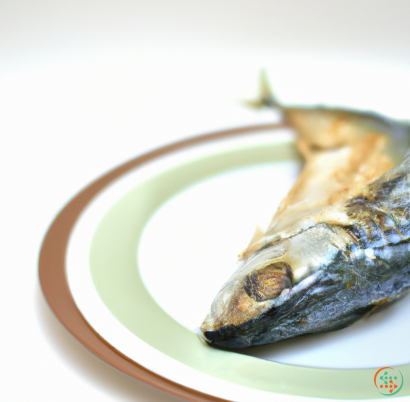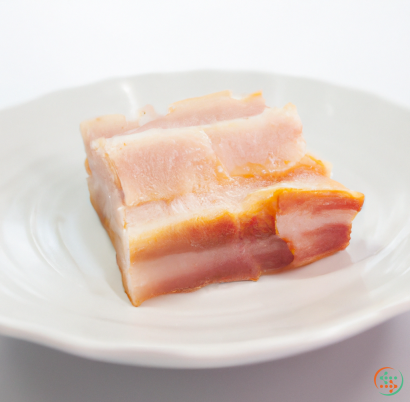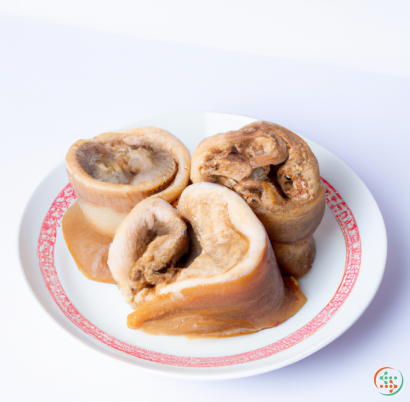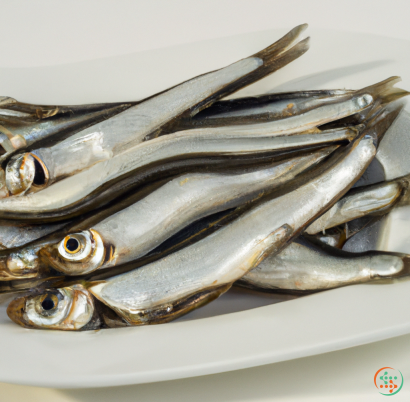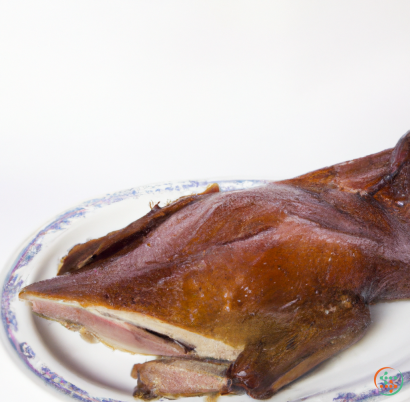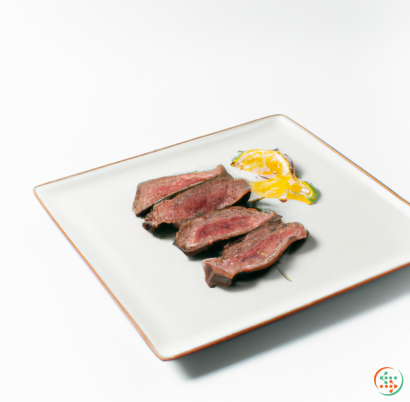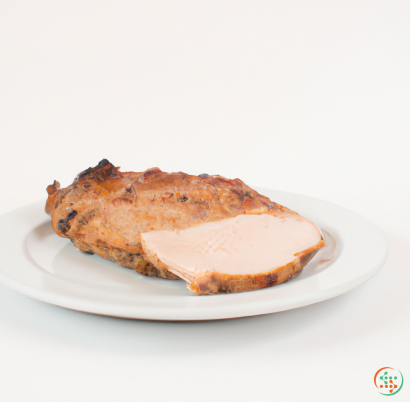Beef Tripe
Beef tripe is a type of animal stomach tissue, typically consumed as a food delicacy and considered to be a delicacy by some cultures. Beef tripe is generally cooked or stewed and can be found in both fresh and dried forms. Although it may seem like an odd cut of meat to some, it is actually a prized item for many people around the world, who see it as a delicacy that not only tastes good, but comes with a variety of health benefits.
So what actually is tripe? Well, it refers to the edible lining of any stomach belonging to a mammal, most commonly cows and pigs. Traditionally, beef tripe is the wall of the first three parts of the cow's stomach, known as the rumen, reticulum, and omasum. In comparison, sheep tripe is the lining of the final two parts of their stomach, known as the abomasum and psalterium.
Beef tripe is an excellent source of several nutrients, such as protein, vitamins A and B12, zinc, magnesium and iron. It is also rich in collagen, which helps promote healthy skin and minimize wrinkles. Additionally, beef tripe contains many amino acids, which are needed for the formation of proteins and other bodily functions.
In terms of taste, beef tripe is quite savoury. Depending on the cut and preparation, it can be quite tough, or tender and delicious when cooked correctly. Firstly, tripe must usually be pre-soaked for up to eight hours. To tenderise the beef tripe and achieve a softer texture it must be boiled for long periods, until it is tender enough to cut through with a knife. When it is boiling, some people like to add vegetables, spices and herbs to add additional flavour.
Some people use a pressure cooker to speed up the cooking process. Once the tripe is cooked, finely chop it into small pieces and either fry it in a pan with onions, peppers and garlic or simmer it in a pan covered with a sauce. If you like to keep things simple, you can season boiled beef tripe with salt and pepper, before serving with a garnish of fresh parsley.
Whether you eat it as a main course or side dish, beef tripe is an incredibly versatile meat that can be enjoyed with a variety of sauces, herbs and spices. For example, tripe is commonly eaten in Mexican dishes such as menudo and tacos de tripa. It is also used in continental cuisine, such as Italian dishes including pizzoccheri and tripes alla Romana.
Despite its nutritional benefits and versatile culinary uses, there are some downsides to eating beef tripe. Firstly, some people find that it has an unpleasant ‘offal’ taste and smell. Secondly, beef tripe can be difficult to digest due to its stringiness, and can cause intestinal discomfort if eaten in large amounts. Finally, it is important to note that raw beef tripe must never be eaten due to the risk of bacterial contamination.
All in all, beef tripe is an excellent source of nutrients, but should be enjoyed in moderation. If you’d like to try it for yourself, don’t forget to soak it for at least eight hours, boil it for a long time, and season it accordingly. Why not give it a go? Who knows, you may just find yourself a new favourite dish.
The journey from beef tripe to dinner plate is one that traverses multiple stages and is a product of careful planning, animal husbandry, cooking, packaging and shipping. Tripe is a type of offal, which is an edible organ meat derived from livestock such as cows, sheep, pigs, and goats. To get from its source in the animal to the dinner table is a complex process that involves multiple stages. This blog post will follow the beef tripe from the animal through to dinner plate, detailing the process and science along the way.
Animal Husbandry
The beef tripe that ultimately ends up in the dinner plate begins its journey in the form of livestock. Cattle are bred and raised in conditions known as “animal husbandry”, where they are raised on farms and given optimal conditions to ensure their health and well-being. This environment allows them to grow large and healthy enough to be used as meat products. In order to be harvested for tripe, cattle are typically put through a number of routine treatments, including vaccinations and worming, to produce tripe that is safe for human consumption.
Slaughter and Half-Carcasses
Once the cattle reaches the intended slaughter weight or age, the animal is slaughtered in a facility known as an abattoir or slaughterhouse. During this process, the animal is killed using a killing marker and then passed through a bleeding line where the blood is drained from the animal and collected. The carcass of the cattle is then split in half and the two resulting half carcasses are known as a ‘half carcass’. The two half carcasses are then passed through a scalding machine, then through a scalder, a hide puller and a singeing vat. These machines remove the skins, hair and other unwanted materials from the half-carcasses, enabling them to be processed into tripe and other products.
Frothing, Scraping and Trimming
The half-carcasses are then frothed, a process where warm and slightly acidic water is used to break down the muscles and internal organs of the half-carcasses, making the tissue easier to separate. From here, the offal, including the tripe, is scraped and trimmed, a process of removing all the external fat and other unwanted material, leaving only the desired edible part of the half-carcasses.
Grading and Packing
Once the offal, including the tripe, is scraped and trimmed, it is inspected for any abnormalities or imperfections, and then “graded” according to colour, texture, smell and other factors. The tripe is then packed in insulated containers, labeled and sealed for transport.
Cooking and Freezing
Before the tripe can be shipped to retailers, it must be cooked. The cooking process is known as “blanching”, and it is during this process that the tripe’s inedible portions are cooked off. The cooked tripe is then cooled with cold water before being transferred to an area where it is quickly frozen so that it can be stored and shipped.
Shipping
Once the tripe has been frozen, it is shipped to retailers in refrigerated containers by specialized carriers. The containers are closely monitored and tracked through the shipping process to ensure that the tripe arrives at its destination safely and in good condition.
Retail and Preparation
Once the tripe has arrived at its destination, it is stored in a temperature-controlled facility until it is sold to a retailer. At the retailer, the tripe is packaged and refrigerated until it is sold. The tripe is then usually prepared either by steaming, stewing, frying or grilling, before being served.
Conclusion
Tripe is a type of offal, which is an edible organ meat derived from livestock such as cows, sheep, pigs and goats. To get from its source in the animal to the dinner plate, it takes a complex and often lengthy journey. The process begins with the animal’s husbandry, where cattle are bred and raised in optimal conditions, before being slaughtered and split. The resulting half-carcasses then go through frothing, scraping and trimming before being graded and packed. Finally, the tripe is cooked, frozen and shipped to retailers, where it is refrigerated until sold, and then finally prepared for a delicious dinner. The journey from animal to dinner plate is a complex, but ultimately rewarding, one.
| Vitamin E | 0.14 mg | |
| Vitamin B2 | 0.03 mg | |
| Vitamin B3 | 0.46 mg | |
| Vitamin B5 | 0.1 mg | |
| Vitamin B9 | 0.003 mg | |
| Vitamin B12 | 0.72 ug |
| Calcium | 0.081 grams |
Daily Value 1.3 g
|
| Iron | 0.66 mg |
Daily Value 0.018 g
|
| Magnesium | 0.015 grams |
Daily Value 0.4 g
|
| Phosphorus | 0.066 grams |
Daily Value 1.25 g
|
| Potassium | 0.042 grams |
Daily Value 4.7 g
|
| Sodium | 0.068 grams |
Daily Value 2.3 g
|
| Zinc | 0.00171 grams |
Daily Value 0.011 g
|
| Manganese | 0.1 mg |
Daily Value 0.0023 g
|
| Selenium | 0.0118 mg |
Daily Value 0.055 mg
|
| Total Sugars | 0 ug |
per 100g
|
| Myristic acid (14:0) | 0.07 grams |
|
| Palmitic acid (16:0) | 0.68 grams |
|
| Stearic acid (18:0) | 0.48 grams |
|
| Behenic acid (22:0) | 0.01 grams |
|
| Total Saturated fatty acids: | 1.24 g | |
| Oleic acid (18:1) | 1.48 grams |
|
| Palmitoleic acid (16:1) | 0.09 grams |
|
| Gadoleic acid (20:1) | 0.02 grams |
|
| Total Monounsaturated fatty acids: | 1.59 g | |
| Omega-6 Eicosadienoic acid (20:2) | 0.01 grams |
|
| Omega-3 Alpha-linolenic acid (18:3) | 0.01 grams |
|
| Linolenic acid (18:3) | 0.01 grams |
|
| Linoleic acid (18:2) | 0.14 grams |
|
| Total Polyunsaturated fatty acids: | 0.17 g | |
| Cholesterol | 0.16 grams |
|
| Total Sterols: | 0.16 g | |
